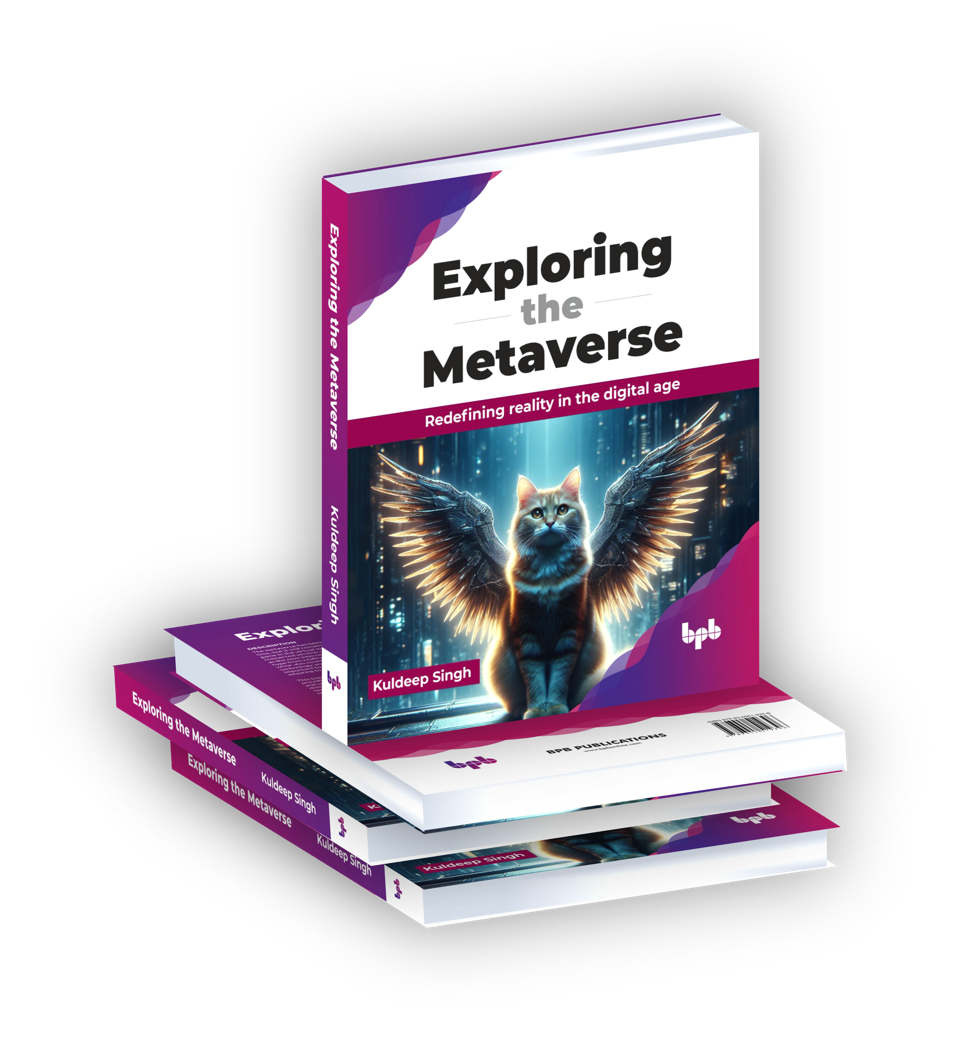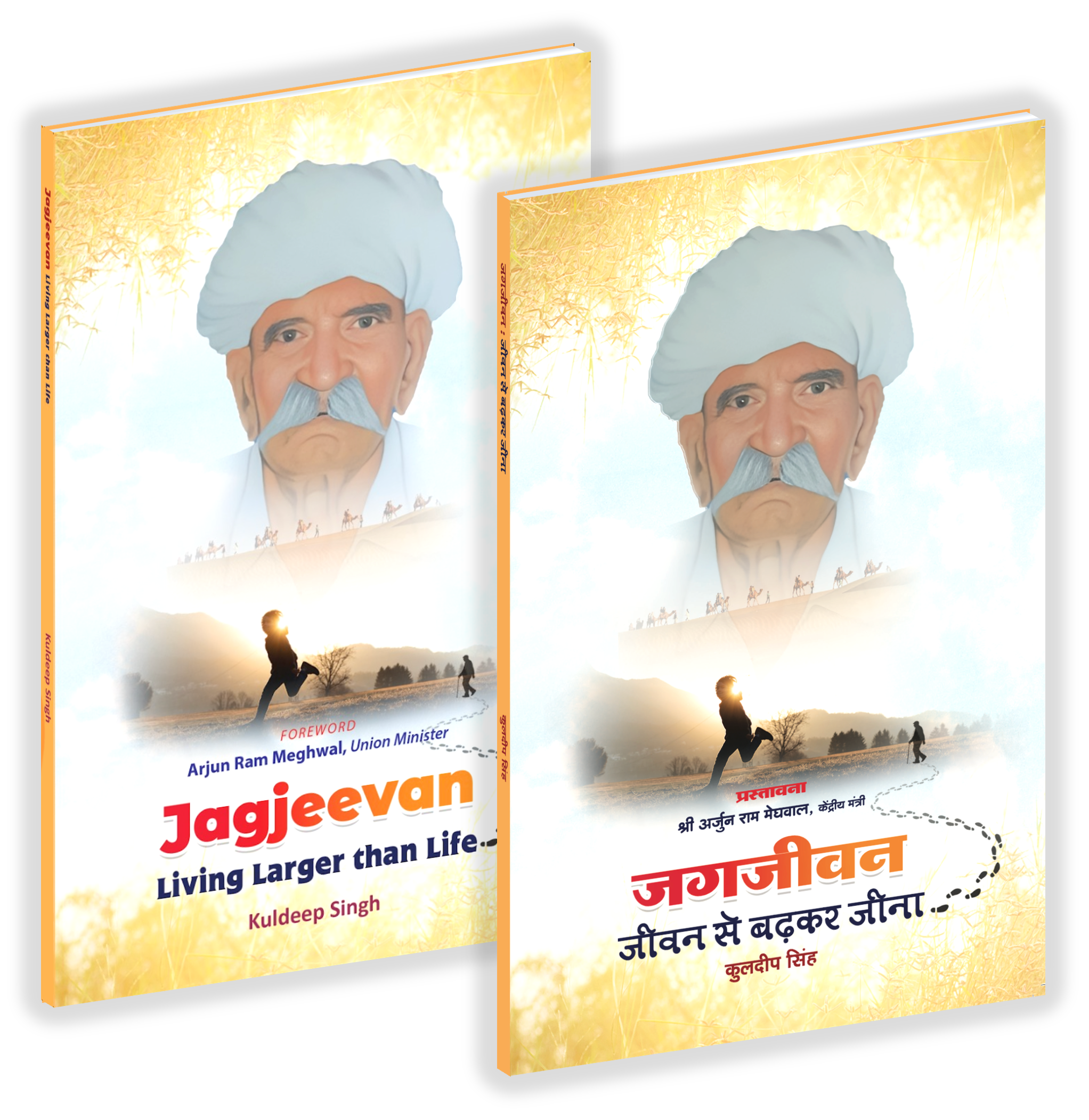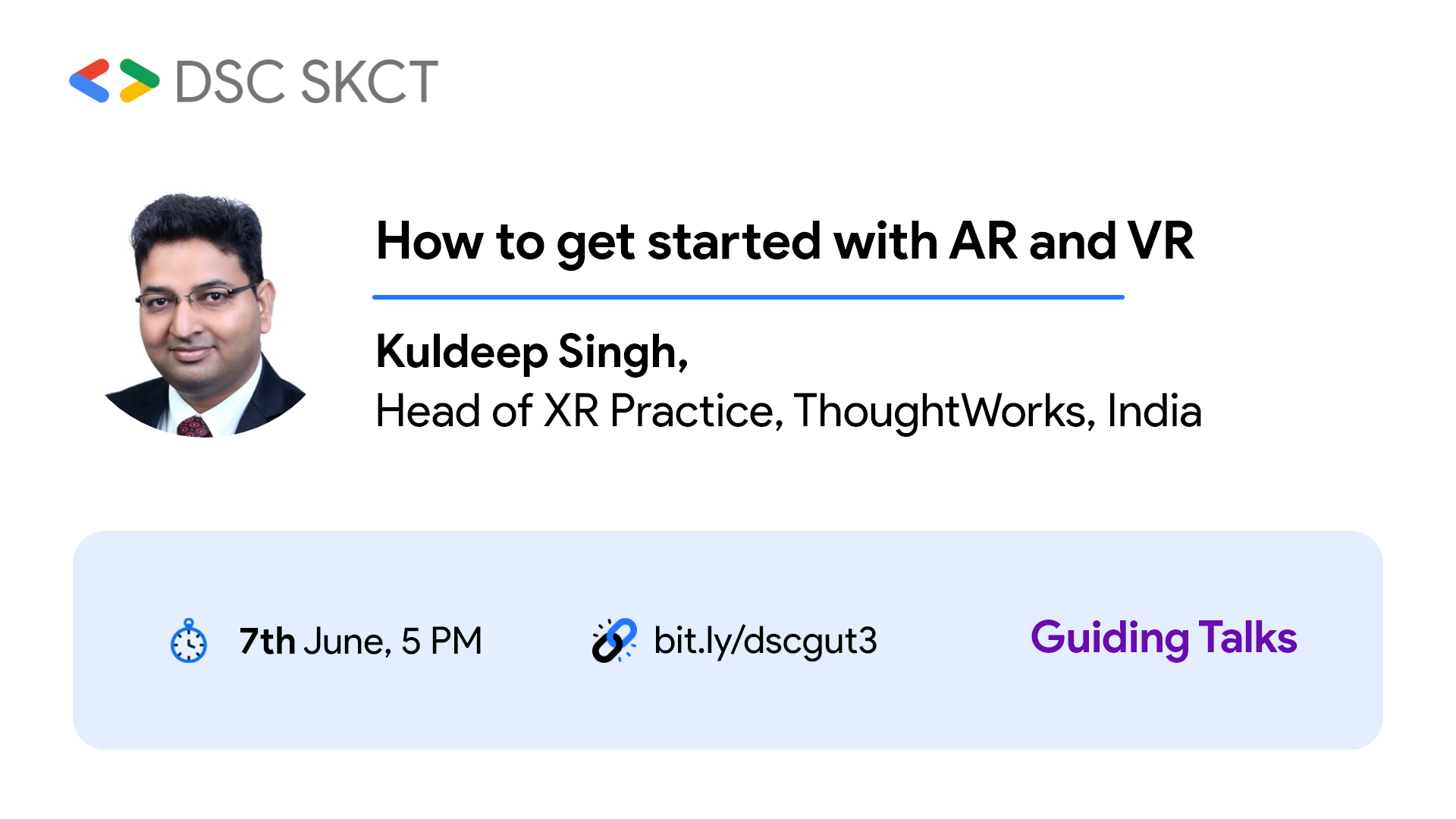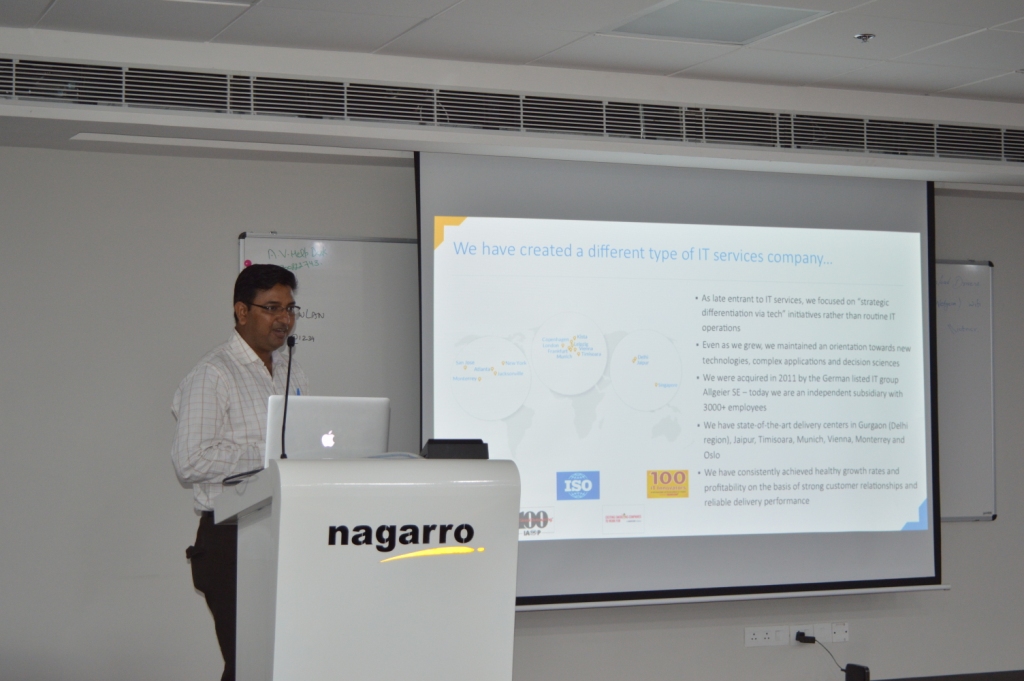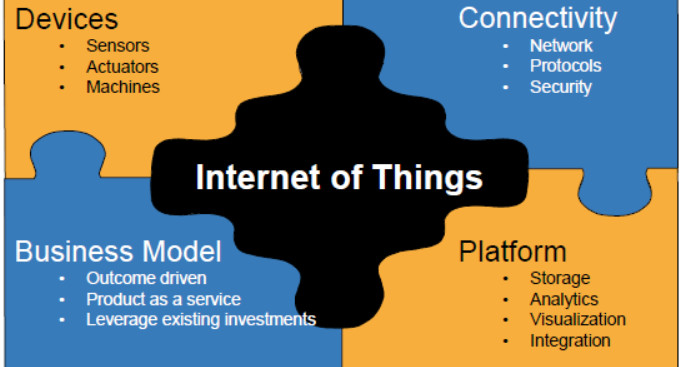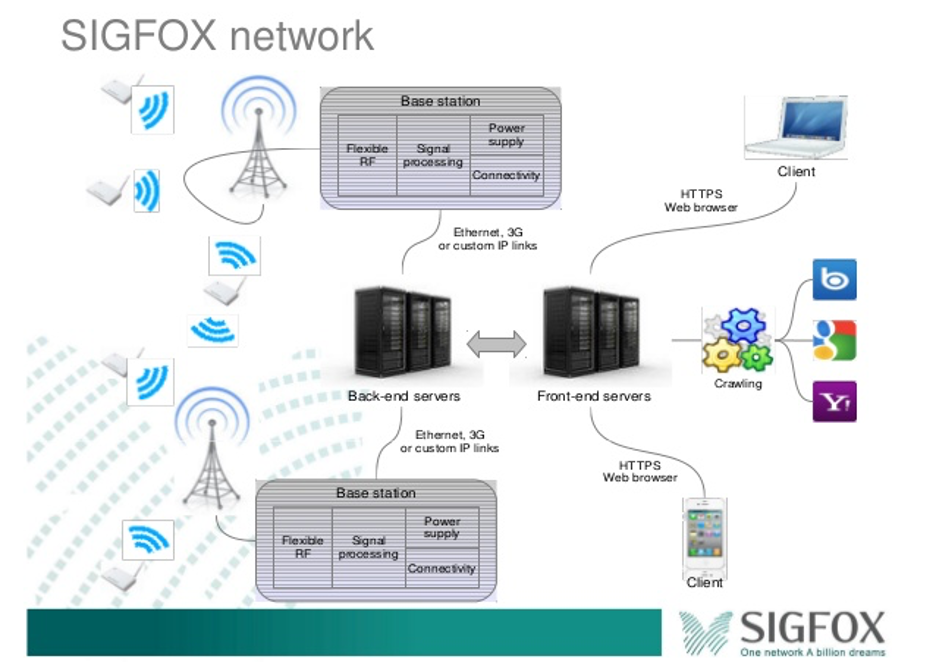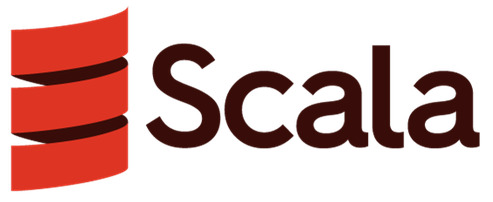Below you will find pages that utilize the taxonomy term “introduction”
Jul, 2023 - Event
Speaker - Lean2Lead tech track - Twisted realities
Lean2Lead is a network of women at work, with will to lead and succeed in their respective areas of work. They are 400+ women from different industries together in this group for exchange of ideas, connecting and coaching, building network with industry leaders and inspiring each other for building strategies for success in leadership and executive roles.
I am speaking at their tech session series, on 15 July 2023, 3-4 PM.
read more
Jun, 2020 - Event
Speaker - Google DSC - How to get started with AR VR?
Conducted a live session at Google Developer Students Club of Sri Krishna College of Technology, Coimbatore, TN, India
Intro here LinkedIn
Live session, recording. The talks is about What is AR VR? Why to start with AR VR? How to start with AR VR? Detailed Slides How to get started with arvr - DSC 2020 from Kuldeep Singh Feedback This session was really awesome and I have got lot of new knowledge about ar/vr and it’s importance in solving real life problems - Kannan Subramanian
read more
Apr, 2017 - Event
Speaker & Organizer - IOTNCR - Ideation to Production Workshop
Conducted a workshop on IoT with IOTNCR. I have spoken on IoT technology landscape, and many of other speaker given enlightening talks.
Intro here Nagarro invites IOT enthusiasts to Ideation to Production:An Entrepreneurship Workshop,Apr 29 #IOTNCR #Nagarroiotncr https://t.co/kvQi1CARjG pic.twitter.com/QbY94UId6c
— Kuldeep Singh (@kuldeepwilldo) April 27, 2017 The talks is about IOT fundamentals and building blocks IOT Nodes IOT Gateway IOT Platforms Visualization (AR & VR) Integrations Detailed Slides IOT Landscape from Kuldeep Singh Social connect Nice to meet you all @Nagarro #iotncr #Nagarroiotncr @kanchanray @mfuloria pic.
read more
Feb, 2017 - Post
IOT 101: A primer on Internet of Things
IOT 101 A Primer on Internet of Things from Kuldeep Singh The IoT can be described as “Connecting the Things to internet”.
A comprehensive IoT ecosystem consists of many different parts such as electronic circuitry, sensing and acting capability, embedded systems, edge computing, network protocols, communication networks, cloud computing, big data management and analytics, business rules etcetera. This maze of varied parts can be better classified into 4 broad categories:
read more
Aug, 2015 - Post
SIGFOX - An Introduction
SIGFOX is providing a communication solution dedicated to the Internet of Things
Dedicated to the IOT means:
Simplicity: No configuration, no pairing, no signaling Autonomy: Very low energy consumption, allowing years of autonomy on battery without maintenance Small messages: No large assets or multimedia, only small messages It is a LPWA (Low-Power Wide-Area) network, currently operating in 20 countries in Europe, Americas and Asia/Pacific. Communications over the SIGFOX network are bi-directional: uplink from device & downlink to the device.
read more
Dec, 2014 - Post
Introduction to Java Lambda Expression
After Java 8, developers can apply functional programming constructs in a pure Object-Oriented programming language through lambda expressions. Using lambda expression sequential and parallel execution can be achieved by passing behavior into methods. In Java world lambdas can be thought of as an anonymous method with a more compact syntax. Here compact means it is not mandatory to specify access modifiers, return type and parameter types while defining the expression.
read more
Dec, 2014 - Post
Introduction to Java Stream API
Prior to JDK 8, collections can only be managed through iterators with the use of for, foreach or while loops. It means that we instruct a computer to execute the algorithm steps.
int sum(List<Integer> list) { Iterator<Integer> intIterator = list.iterator(); int sum = 0; while (intIterator.hasNext()) { int number = intIterator.next(); if (number > 5) { sum += number; } } return sum; } The above approach has the following tailbacks:
read more
May, 2013 - Post
Groovy - Getting Started
This article help you start with Groovy, with step by step guide and series of examples. It starts with an overview and then covers in detail examples.
Groovy Overview Groovy is an Object Oriented Scripting Language which provides Dynamic, Easy-to-use and Integration capabilities to the Java Virtual Machine. It absorbs most of the syntax from Java and it is much powerful in terms of functionalities which is manifested in the form Closures, Dynamic Typing, Builders etc.
read more
May, 2013 - Post
Scala - Getting Started - Part 2
In previous article we learned basics of Scala, in this articles we will learn how to setup build scripts for scala and build applications using scala.
We will also learn few web development frameworks for Scala and compare them with similar framework in Java.
Building Scala Applications Below program demonstrates the use of Scala script with Maven, Ant, and logging library – LogBack.
Integration with Ant Below example shows how Scala project can be built by the ant build.
read more
May, 2013 - Post
Scala - Getting Started - Part 1
This article help you to start with Scala, with step by step guide and series of examples. It starts with an overview and then covers in detail examples. In later articles, I will write about feature comparison with other languages. It article is helpful for people coming from Java background, how it is not the prerequisites.
Scala Overview Scala is a general purpose programming language designed to express common programming patterns in a concise, elegant, and type-safe way.
read more
Mar, 2012 - Post
Rule Engine - Getting Started with Drools
This article let you start with Rule Engine Drools, with step by step guide and series of examples. It starts with an overview and then covers in detail examples.
Rule Engine Overview The underlying idea of a rule engine is to externalize the business or application logic. A rule engine can be viewed as a sophisticated interpreter of if-then statements. The if-then statements are the rules. A rule is composed of two parts, a condition and an action: When the condition is met, the action is executed.
read more
